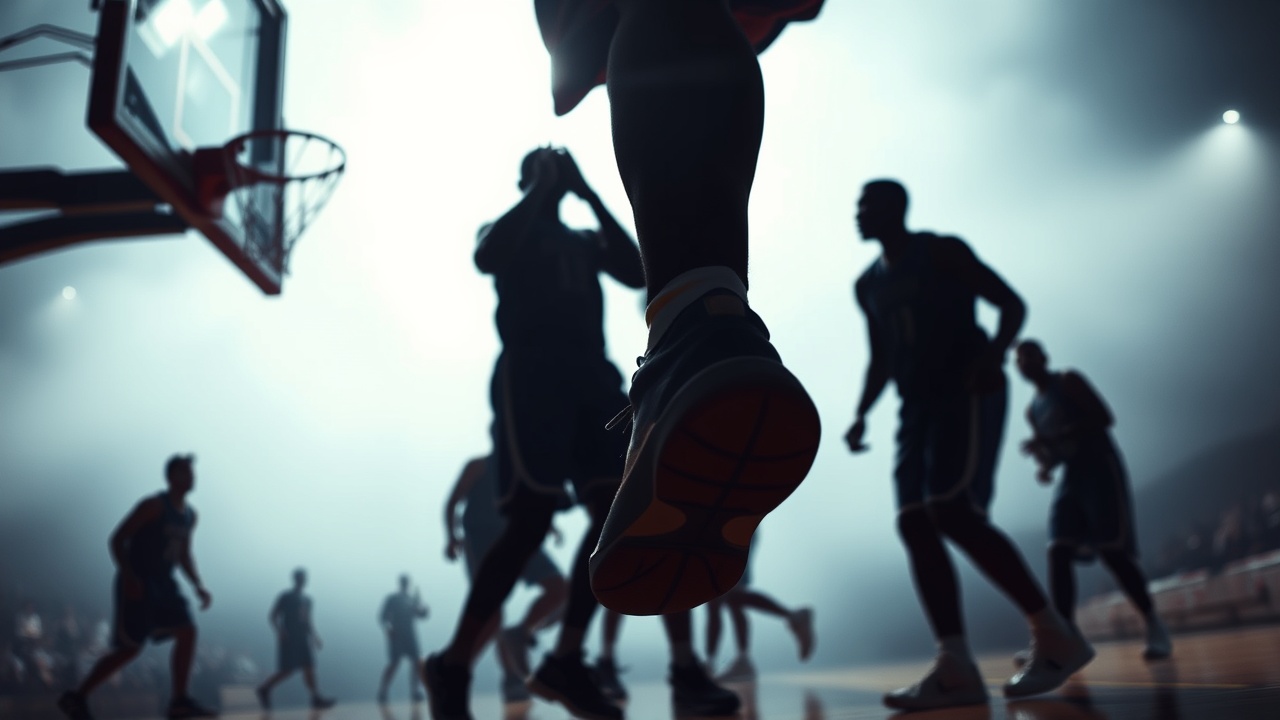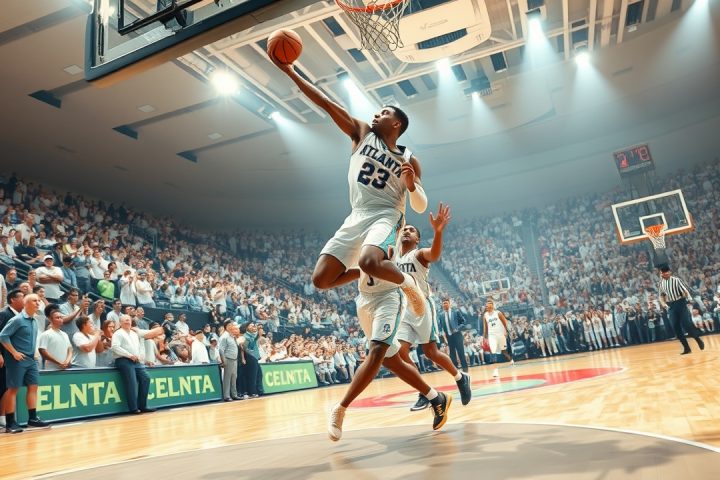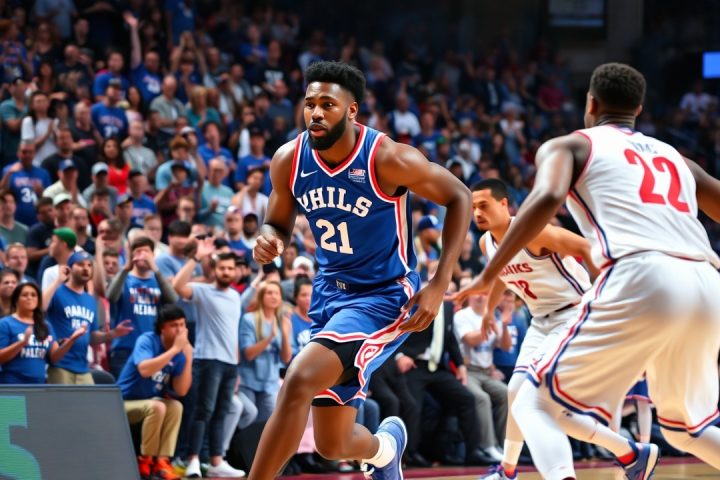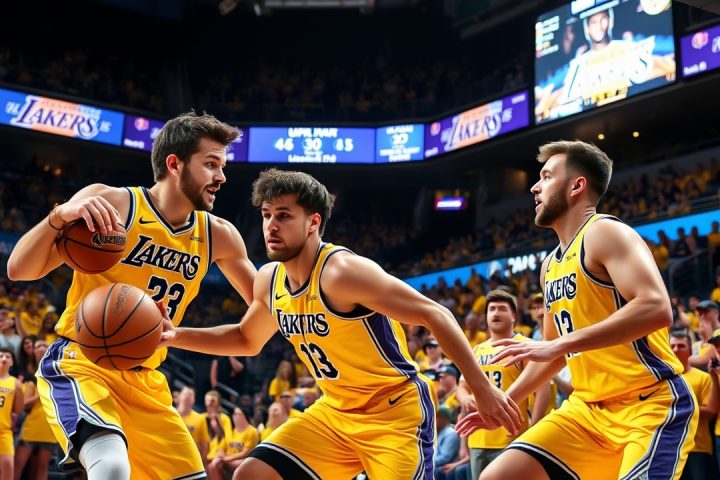Prevalence of Achilles Tendon Injuries
The prevalence of Achilles tendon injuries among athletes has reached alarming levels, particularly in this year’s NBA season, which has seen a significant uptick in such cases. Notable incidents include:
- Damian Lillard, Milwaukee Bucks guard, tearing his left Achilles during the playoffs against the Indiana Pacers.
- Jayson Tatum, Boston Celtics star, suffering a right Achilles rupture against the New York Knicks.
- Tyrese Haliburton, Pacers guard, sustaining a right Achilles injury in Game 7 of the NBA Finals.
- Earlier in the regular season, centers James Wiseman and Isaiah Jackson, along with Dejounte Murray from the New Orleans Pelicans and Dru Smith from the Miami Heat, faced similar devastating injuries.
Broader Impact Across Sports
Beyond the basketball court, athletes in various sports have similarly succumbed to Achilles injuries. For instance, U.S. Men’s National Team forward Haji Wright will be sidelined for the remainder of the Concacaf Gold Cup due to a recent Achilles injury, while Deshaun Watson, quarterback for the Cleveland Browns, underwent surgery earlier this year for a second rupture of his right Achilles tendon.
Factors Contributing to Increased Injuries
Experts in sports medicine link the increasing incidence of these injuries to a variety of factors, including overuse and unanticipated accidents during gameplay. Karin Gravare Silbernagel, a physical therapist and professor at the University of Delaware, expressed concern about the balance in strength training:
“We need to start thinking about the calf and Achilles in the same way… Are we adequately strengthening these areas to withstand the demands of the sport?”
Additional insights from experts highlight:
- Dr. Michael Fredericson from Stanford attributed many injuries to the continuous use of calves in basic movements.
- Dr. Nirav Pandya, an orthopedic surgery professor at UCSF, noted that explosive sports increase the likelihood of overuse injuries.
Understanding the Risks
The Achilles tendon is particularly susceptible due to its constant tension and the significant stresses exerted during athletic performance. Dr. Justin Greisberg from NewYork-Presbyterian Medical Center emphasized:
The forces transmitted through the Achilles tendon can exceed the weight of the athlete, placing elite players at heightened risk of injury.
Many athletes who suffer from Achilles tears had previously exhibited no warning signs. Silbernagel noted the lack of correlation between calf strains and subsequent Achilles injuries, while Fredericson indicated that incomplete recovery from a calf strain could compromise a muscle’s ability to endure stress.
Pain Management and Training Strategies
Regarding pain management, although anti-inflammatory medications are widely used in professional sports, the consensus is that they do not significantly increase the risk for Achilles injuries. The primary concern lies in whether masking pain might prevent athletes from recognizing critical physical limits.
This season’s unprecedented number of Achilles injuries may result from a combination of high training loads and insufficient recovery times. Athletes often participate in back-to-back games and follow rigorous training schedules, leading to increased physical stress.
Preventative Measures
Experts suggest implementing proper stretching regimens, calf-strengthening exercises, and appropriate footwear. Over-reliance on flat shoes that increase stress on the Achilles is identified as a potential contributing factor.
Teams are encouraged to reconsider their training and loading strategies for star players, aiming to balance the need for winning with adequate rest and recovery. Ultimately, while advancements in sports medicine have improved recovery chances, a return to peak athletic performance typically requires nine to twelve months following an Achilles rupture—a significant challenge for any professional athlete.




